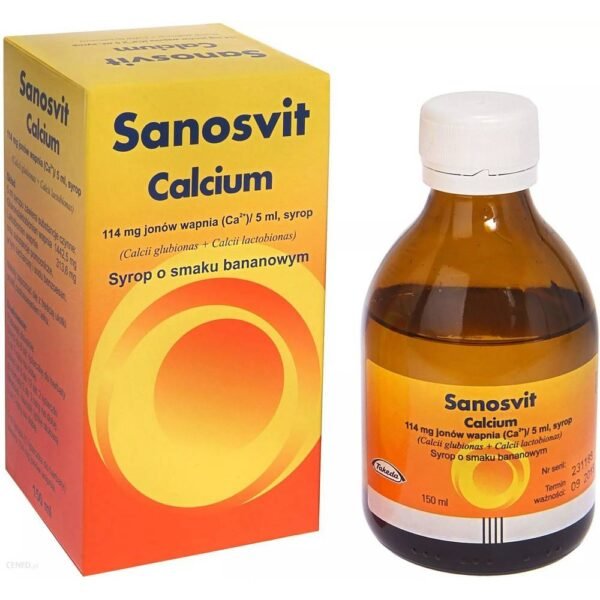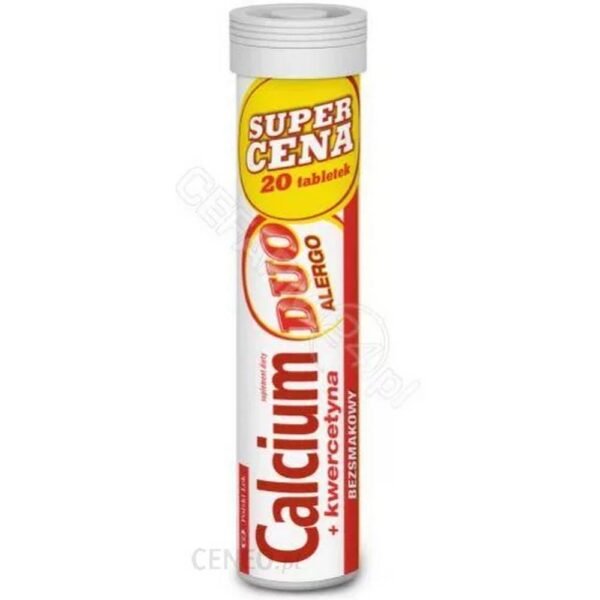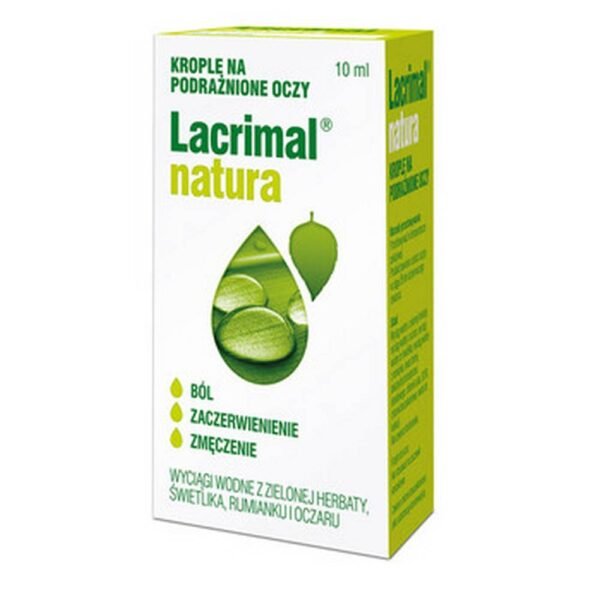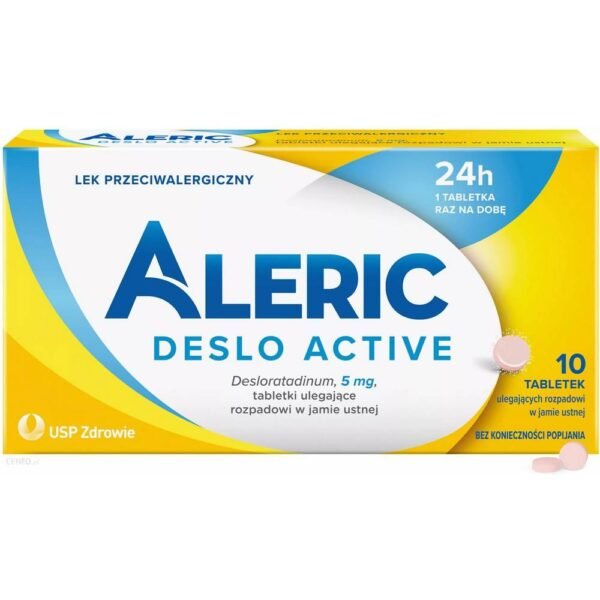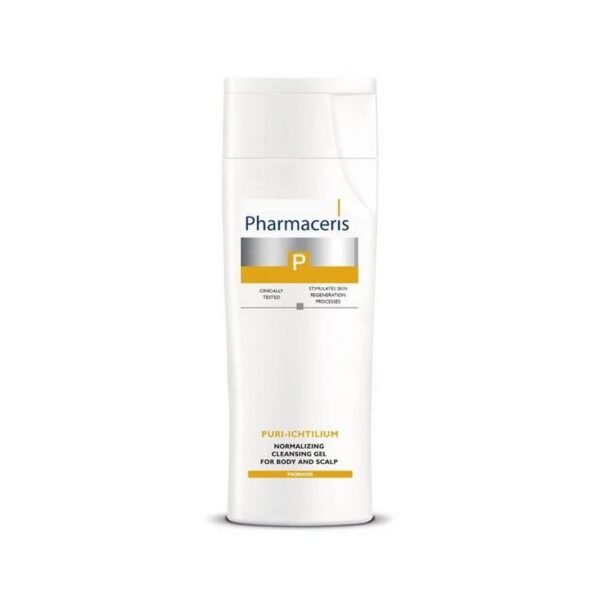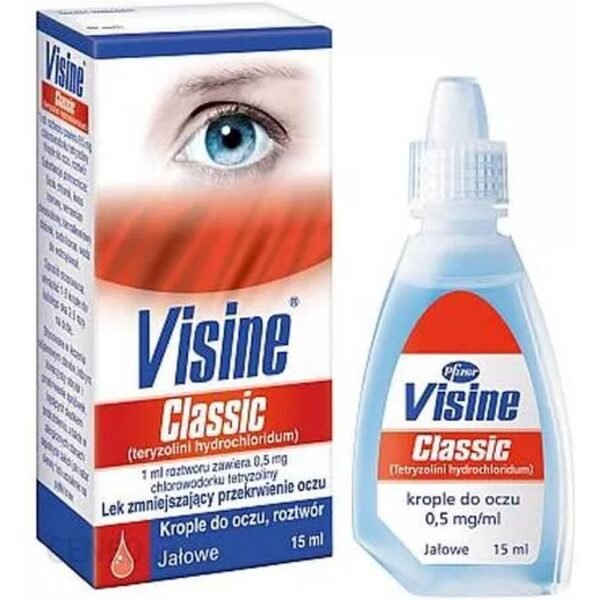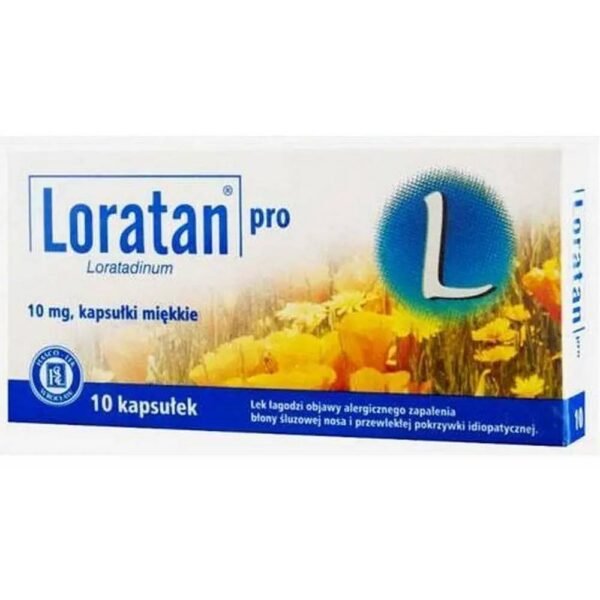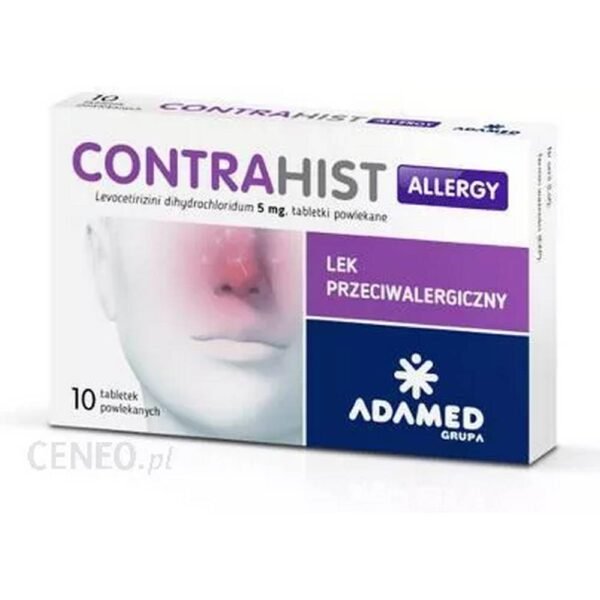Lazonil 220 mg: Rivestitis compress
It is indicated for the symptomatic treatment of headache, back pain, joint and muscle pain, toothache and colds. It is also indicated for menstrual cramps and minor arthritis pains.
Contraindications
Hypersensitivity to the active substance or to any of the excipients. History of asthma, orticaria, or reactions to typoallergic reactions, including all actions to acetylsalicylic acid or other analgesics, antipyretics, non-steroidal anti-inflammatory drugs. Renal failure of the European degree (creatinine clearance less than 20 ml / min). Moderate heart failure. Severe hepatic hepatitis. During intensive diuretic therapy. Ulcer of the stomach and duodenum. Subjects with active bleeding or at risk of bleeding. In the process of treatment with anticoagulants in the quanton of synergism of action. Pregnancy and lactation. Teenagers al di do dei 16 years old.
Posology
The film press should be taken orally with a glass of water on a full stomach. For adults and teenagers aged 16 and over: 1 compression up to 8-12 years. Perhaps Che Si will be of the most benefit starting with 2 compress and then 1 compress every 12 ores, as needed. A massive daily dose is 3 compresses. Side effects can be reduced by minimizing the effectiveness of using the la dose for the shortest duration of treatment to control symptoms. Do not use for 7 days during symptomatic treatment of pain and within 3 days during colds without medical supervision. Elderly: use the lowest dosage. Patients with renal insufficiency, epipathic or cardiac insufficiency. dosage reduction may be required. Population pediatric: safety and efficacy in children under 16 years of age have not yet been established.
Avvertense
The drug is not indicated for pain in the gastrointestinal tract. Concomitant use with NSAIDs, including selective COX-2 inhibitors, should be avoided. Side effects can be minimized by using the least effective drugs for the shortest possible duration of treatment needed to control symptoms. Anaphylactic / anaphylactic reactions: analgesics, antipyretics, non-steroidal anti-inflammatory drugs that cause hypersensitivity reactions, potential fatal reactions, include a type of anaphylactic (anaphylatoid) diseases that do not have precedents of hypersensitivity due to exposure to the type of pharmacy. These reactions may occur in patients with a history of angioedema, bronchial reactivity (asthma), rhinitis, nasal polyposis, allergic pathology, chronic respiratory pathology, or sensitivity to acid-acetylsalicylic acid. It can also occur in patients who experience allergic reactions (skin reactions, orticaria) to napoxen or other NSAIDs. After the introduction of di-analgesics, antipyretics, non-steroidal anti-inflammatory drugs and possibly zobevevevebeve. Anaphylactoid reactions, like anaphylaxis, can be fatal. Skin reactions. Serious skin reactions, including dermatitis, esfoliative syndrome, Stevens-Johnson syndrome, and tossic epidermal necrolysis, are very common in communities with NSAID patients. In the early stages of therapy, patients appear to be at high risk: the onset of a reaction in most cases occurs within the first month of treatment. The drug should be discontinued at the first appearance of a skin rash, mucosal lesions or any other sign of hypersensitivity. Elderly patients have an increased incidence of adverse reactions to NSAIDs, especially bleeding and gastrointestinal perforation, which can be fatal.





